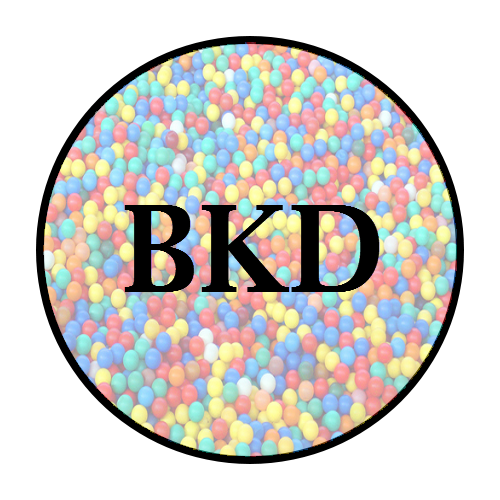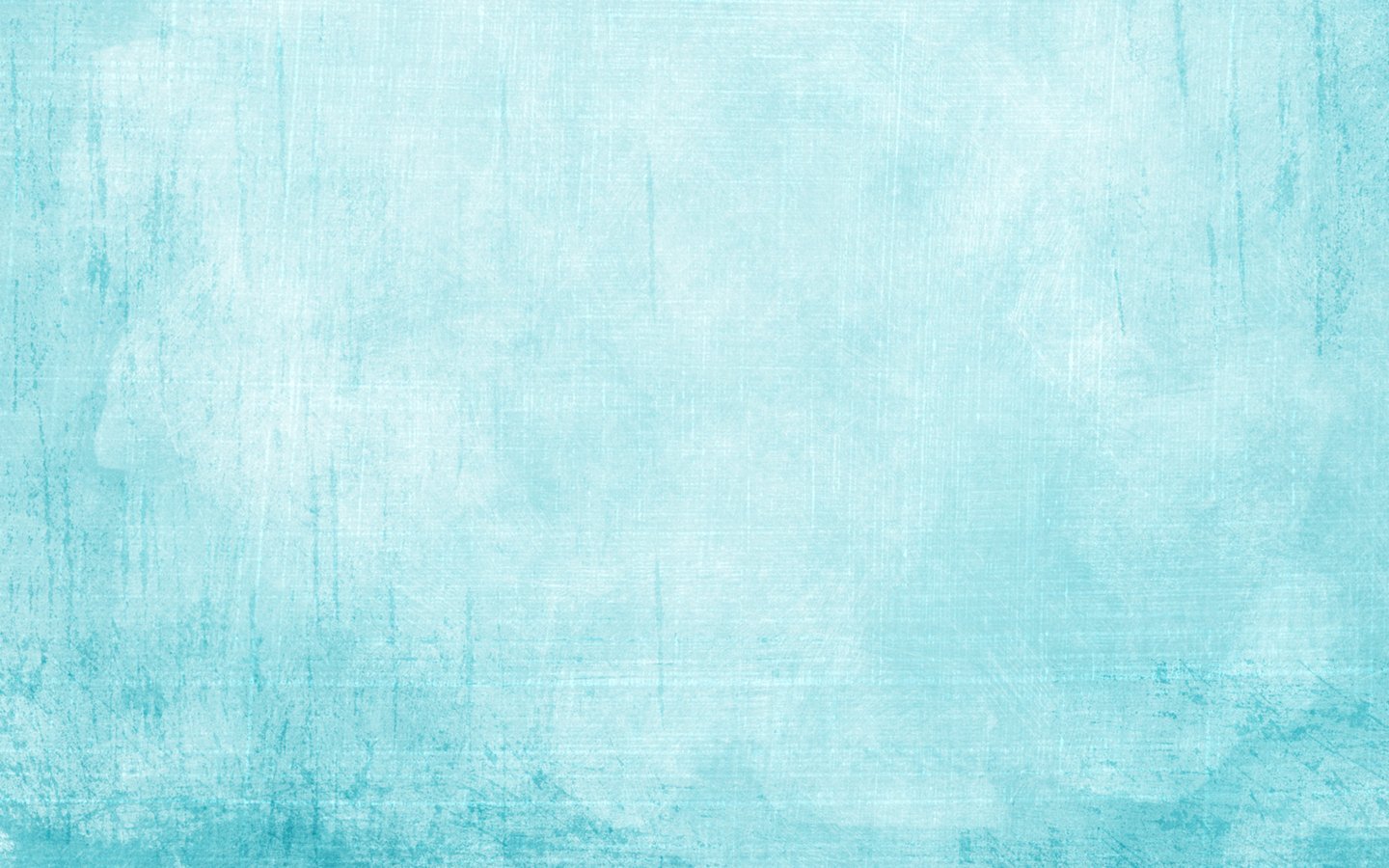Young children, Toddlers and Babies can all have a great time with building blocks, not only are they fun for all ages but they can be extremely educational too 🙂 We think they are so great that we have created huge list of 24 different games and activities that kids can do with building blocks.
24 Block Games for Kids
#1 Creative Building Block Activity
Wooden blocks are perfect building toys for boys and girls because there are so many ways to get creative with them which will keep children happy. The first step in this activity is to cut out holes in a cardboard box in the shapes of your child’s blocks to make an activity where they can post blocks of the right shape into the holes.
Use blocks to make shape prints with paint. Blocks that are sealed should be fine. Wipe clean when finished and don’t soak in water. Make wrapping paper or just have fun printing. You could also print with other kitchen implements and natural objects.
- Let children put blocks in an outline around a toy or doll, or even better – a real person!
- Use playdough to stick blocks together and ‘cement’ a wall.
- Make a maze from blocks laid out on the floor for children to walk through.
- Add different materials to your blocks at different times – straws, cardboard, gum nuts, cotton reels, lids, smooth stones/pebbles, ‘fairy stones,’ fabric, popsticks – be creative!
#2 ADD THINGS TO YOUR BUILDING BLOCKS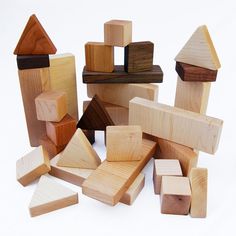
Add different things to your child’s set of toy blocks to expand their play possibilities. You could add cardboard and boxes, or sticks and leaves, toy cars and animals, smooth stones, natural objects like pine cones and shells and much more. Surprise your child by adding something new to the block box every now and then!
#3 BLOCK FINE MOTOR SKILLS ACTIVITIES
- Encourage children to try these coordination challenges:
- Pick up blocks with tongs and put them into a container
- Pick up blocks with feet and place into a container
- Balance blocks on different parts of the body, head, shoulder, back (while crawling) etc.
- Balance blocks on a spoon and walk (or have a block-and-spoon race with a friend)
- Simply building the highest tower they can
- Balance standing on a block, or walking from one block to another
#4 MAKE MAGNETIC BLOCKS
With small blocks, you can put magnets on the back of them and use them on the fridge or magnetic board to create pictures and patterns. With larger blocks, you could put a round (strong) magnet on each face so that children can build by putting blocks together magnetically. You can also buy sets of magnetic blocks but it’s a great learning exercise for kids to make their own.
#5 MAKE VELCRO BLOCKS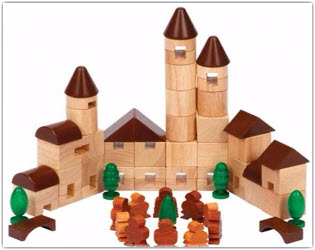
You can buy Velcro sticky dots that you stick to some of the faces of a set of blocks, allowing children to build different shapes by using the Velcro to stick blocks together. You can also use other stickers to allow children to decorate their own blocks or write words on them.
#6 BLOCK BUILDING SENSORY PLAY
Allow children to play with their blocks in different settings outside on the grass or put the blocks in a tray of wheat, rice or dried beans. If you have blocks that are well sealed, you can allow children to use them with shaving cream or play dough or pressing patterns and ex-tended play just wipe them off afterwards and don’t soak in water.
#7 FILL IN THE SHAPE
Draw shapes with texta on card or paper, or mark out shapes with masking tape on the floor. Children fill in the shapes with blocks. With younger children, do this with just one block, but with older children, you can make all kinds of interesting shapes for them to fill in and this is a brilliant thinking activity as well as being fun!
#8 BARRIER Block GAMES
In this game, one person sits back to back with another. Each person has a set of 4 or 5 identical blocks. One person build a design or sculpture with their blocks and draws describes it verbally to the second person who has to try to build what is described. When the second person has made what was described, they look at the original and see how close they were. Then swap so both people have a turn to build and describe. For young children, even 3 or 4 wooden blocks is enough. They will be learning positional language such as ’standing up, on its side, in front of, behind, on top of’ and so on. They will also be practicing communicating clearly and effectively and learning how to be understood. This sounds like a simple game, but it’s not. Increase the number of blocks the older the child is. This is a brilliant game for communication, language and thinking skills.
#9 BLOCK PUZZLES
Put several blocks together and trace around the outline onto card or blank label paper. Draw or print out a picture (photos of children and their family etc are good). Children can draw their own pictures or take photos too. Stick the picture onto the blocks (label paper if it is to be more permanent or double sided tape) and slice with a Stanley knife to separate the blocks. Now you have a puzzle. You can use laminated pictures for easy removal.
#10 MAKE A BUILDING BLOCK BOOK
Build a bunch of different structures and take a photo of each. Print them out and put them into a plastic sleeve folder or laminate them. Children then try to copy them. Of course, children can be involved in making their own block books too. Another thing you can do with photography is to print out the photo of the child’s building and let them draw people, animals or patterns onto the picture.
#11 USE TOOLS WITH Wooden BLOCKS
Let children use tongs to pick up blocks and transfer them to a container. They could also try putting blocks from one container to another using spoons, spatulas and other kitchen tools. It’s also fun to let children put blocks into muffin tins or use baking trays in their building.
#12 BLOCK GAMES – FOR STAGES OF DEVELOPMENT
Encourage the stages of development that children go through with block games:
- Carrying blocks around with no thought to building.
- Knock it down. Someone else builds and the child knocks it down.
- Building small, irregular towers or placing one thing on another.
- Bridging – using two blocks with a space between and another on top.
- Creating enclosures, making fences, putting things inside block enclosures.
- Increased use of height, pattern and balance.
- Naming structures, dramatic play with blocks increases at this point.
- Building structures that represent real life.
#13 BLOCK PLAY WITH PENDULUMS
Give children a tennis ball in a stocking and let them swing it to knock down block towers. You could also attach a ball on a string to something that spins and use it to knock down towers. With young children, you can use blocks made of foam or cardboard boxes or cut up a pool noodle. Older children might like to play with different kinds of pendulums and see the effects of different sizes of ball, different sizes of swing and so on. You can also play fun bowling games with blocks. Build towers and roll a ball to knock them down.
#14 TRACING SHADOWS
Play with blocks outside. Let children build things and then trace the shadows onto concrete or pavement with chalk that can be washed off or onto paper. You can also do this activity indoors with a torch to create shadows. This is a good activity for older children to get someone to hold the torch at a particular angle and then draw, then hold the torch at a different angle and see what shadows that makes.
#15 MAKE BLACKBOARD BLOCKS
If you have big wooden blocks or wood off-cuts, cut pieces of blackboard decal to fit one or two sides. Children can then draw on the blocks to make houses, fences or anything they want to include in their imaginary or block play. If you have some simply shaped people or animal blocks, stick blackboard decal to one or two sides of them for children to change the expressions or patterns, draw clothes on them or customize them as they please.
#16 ADD WOODEN ANIMALS
Add toy animals to your child’s block set so that they can build zoos, farms, shelters and natural settings. Add twigs, leaves, branches and natural-cut blocks. Add blue, green and brown scarves or material so that children can make rivers, lakes, hills, rocky areas, mud etc.
#17 MAKE GRADIENT BLOCKS
Use small cube blocks and paint sample charts (available for free from hardware or paint stores). Cut out the different colors and stick them to the faces of the cubes with double-sided tape or glue. This does take a bit of work, but leads to lots of great games with arranging the colors in gradient hue, making patterns and sorting. If you have raw wood blocks, you can also paint your own. Start with white and add one drop of a color to it and mix. Paint one cube. Add another drop of the same color and paint. Continue, so that each time the shade gets darker.
#18 PLAY A LISTENING GAME
Make a range of cards with the colors or shapes of blocks on them. One player builds and the other pulls out a card and ‘reads’ it to the other – add 3 blue blocks. Add 1 triangle block. Take away 1 red block… and so on. Draw the colors or shapes of the blocks on the cards and then children who can’t read words yet can ‘read’ by seeing how many blocks they should tell the player to add, what color or what shape.
#19 WRAP IT IN FOIL
Give kids different sized sheets of tin foil (aluminum foil) and let them wrap blocks. This is a really fun activity and kids can see which sheets fit around which blocks. You can also let older kids use a block as the inside for a tin-foil sculpture -foil is fun to sculpt with and relatively mess-free. Children could also try wrapping blocks in other materials.
#20 MAKE AN OBSTACLE COURSE FOR CARS
Set up blocks to create an obstacle course for toy cars. Make bridges to go over and tunnels to go through. Make ramps to go up and down, blocks to weave in and out of and so on. This is a great fine motor game. You can also use blocks to make obstacle courses for children. Scatter blocks over the floor and children have to get from one side of the room to the other without touching a block.
#21 ARCHITECTURAL INSPIRATION
Make a book of pictures of different structures from around the world that children can try to recreate or draw inspiration from. You could include: pyramids, Great Wall of China, modern architecture, castles, temples or mosques, famous ruins, standing stones/Stone Henge, Eiffel tower, sky scrapers, apartment buildings, igloo, bridges and so on. You can also teach children about floor plans or bird’s eye view and they can make maps, floor plans or villages. They could use masking tape to layout floor plans and use blocks to represent furniture, or on bigger maps, landmarks.
#22 MATHS WITH BLOCKS
Counting and learning shapes are obvious maths applications with blocks, but here are some others:
- Measuring: use blocks to measure the length of things.
- Weighing: use scales or attach two small buckets to each end of a coat hanger. Hang the coat hanger onto something and use it as scales. How many blocks do different things weigh?
- Area: use blocks to figure out the surface area of different objects or shapes. You can also work out the volume of things: how many blocks does this container hold compared to that container?
- Use blocks to make patterns. You can also explore symmetry – build something and have a child copy it symmetrically. You can use a mirror to help demonstrate this.
- Blocks are great for addition and subtraction. You can make up games that make it fun to add or take numbers of blocks.
#23 Block Board Games
Make a game board like the one shown in the picture. The picture uses lego but you can do this with ordinary wooden blocks too. Children start with a character stuck onto one block with blue-tac. They roll a dice to move forward however many spaces indicated and add or take blocks as described on the space they land on. The race is not to see who gets to the end first, but who has the tallest tower when they finish.
- Use blocks for teamwork challenges – two teams have a time limit to construct the tallest tower (both have the same amount of blocks) or the longest bridge.
- Use blocks to build ramps or obstacle courses and have races with cars.
Make block dice with words on them. One dice can have actions spin, jump, run, hop, wiggle, dance etc. The dice can have ways of doing things slowly, fast, back-wards, gently, up high, loudly etc. You could add a third dice with a character to be pirate, elephant, fairy, baby, etc. Children roll the dice and everyone does what the dice say.
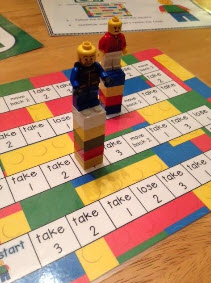
#24 LANGUAGE ACTIVITIES WITH BLOCKS
- Write letters or blends on blocks and use to spell words.
- Write words on blocks and use to make sentences.
- Use blocks to make the shape of letters.
- Let children build with blocks, take a photo and print it out and let them either dictate or tell a story about it. They might like to draw people or details onto it.
- Use blocks for storytelling. Encourage children to make up stories using dolls or animals and the blocks, changing their buildings as they go to match the story.
We hope you enjoy all these fabulous ideas and activities for building block games, remember if you have any questions or ideas to share with us, don’t hesitate to contact us here.
